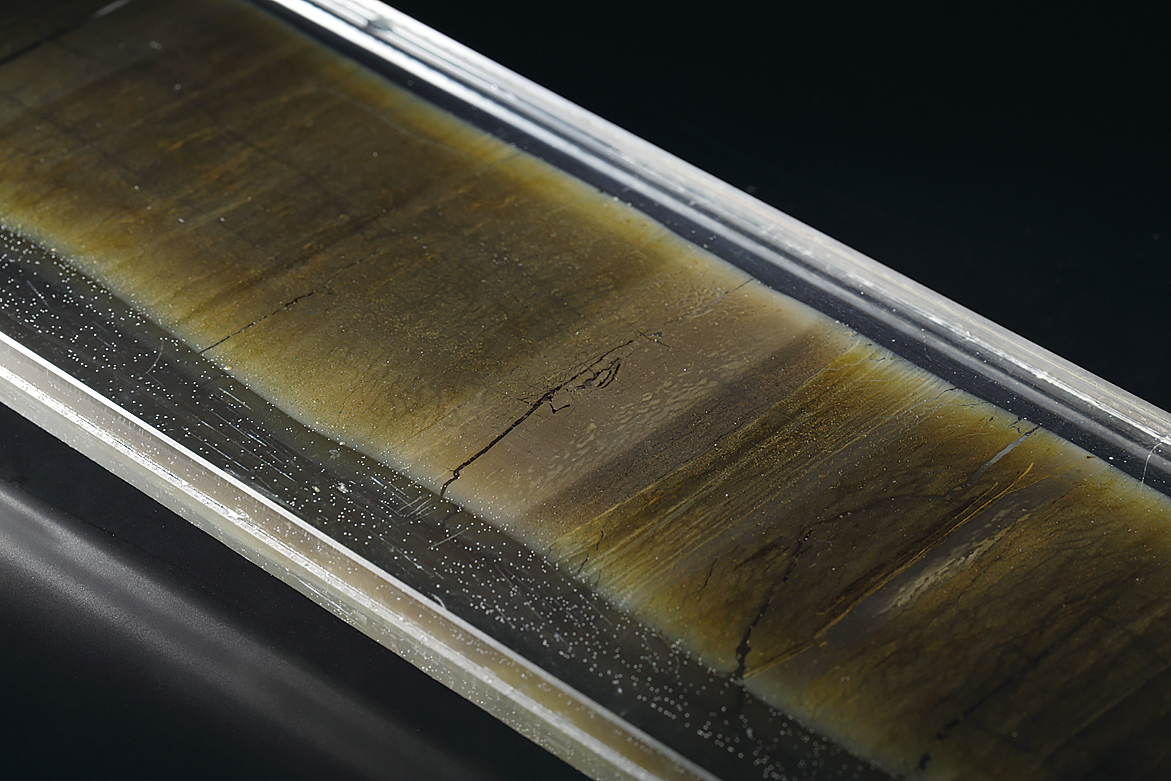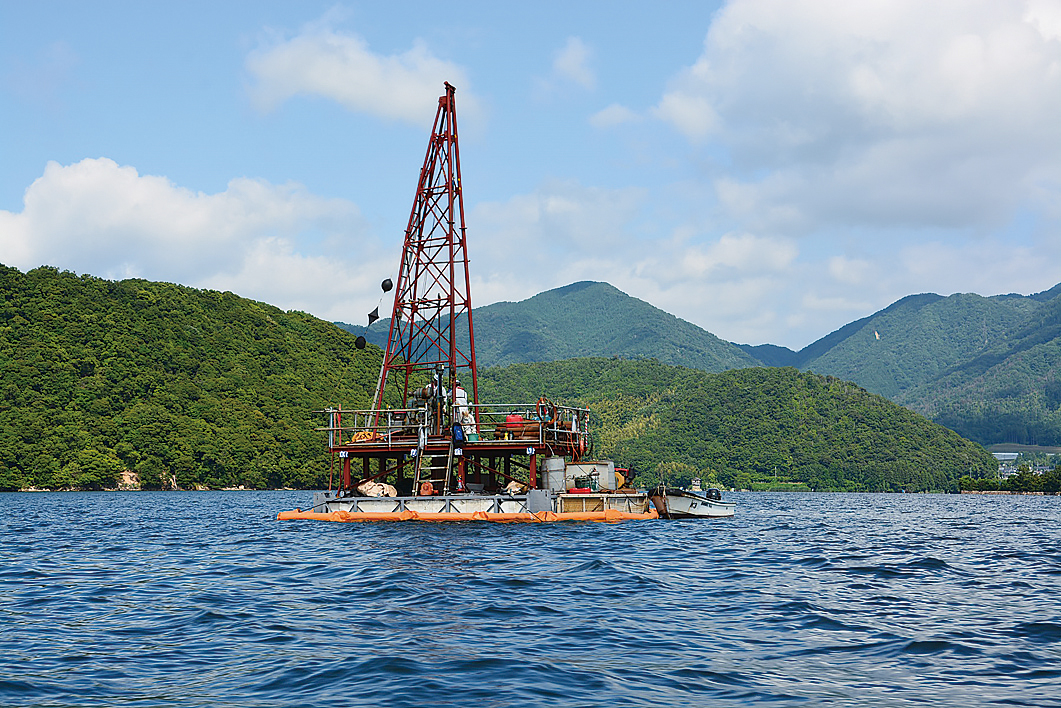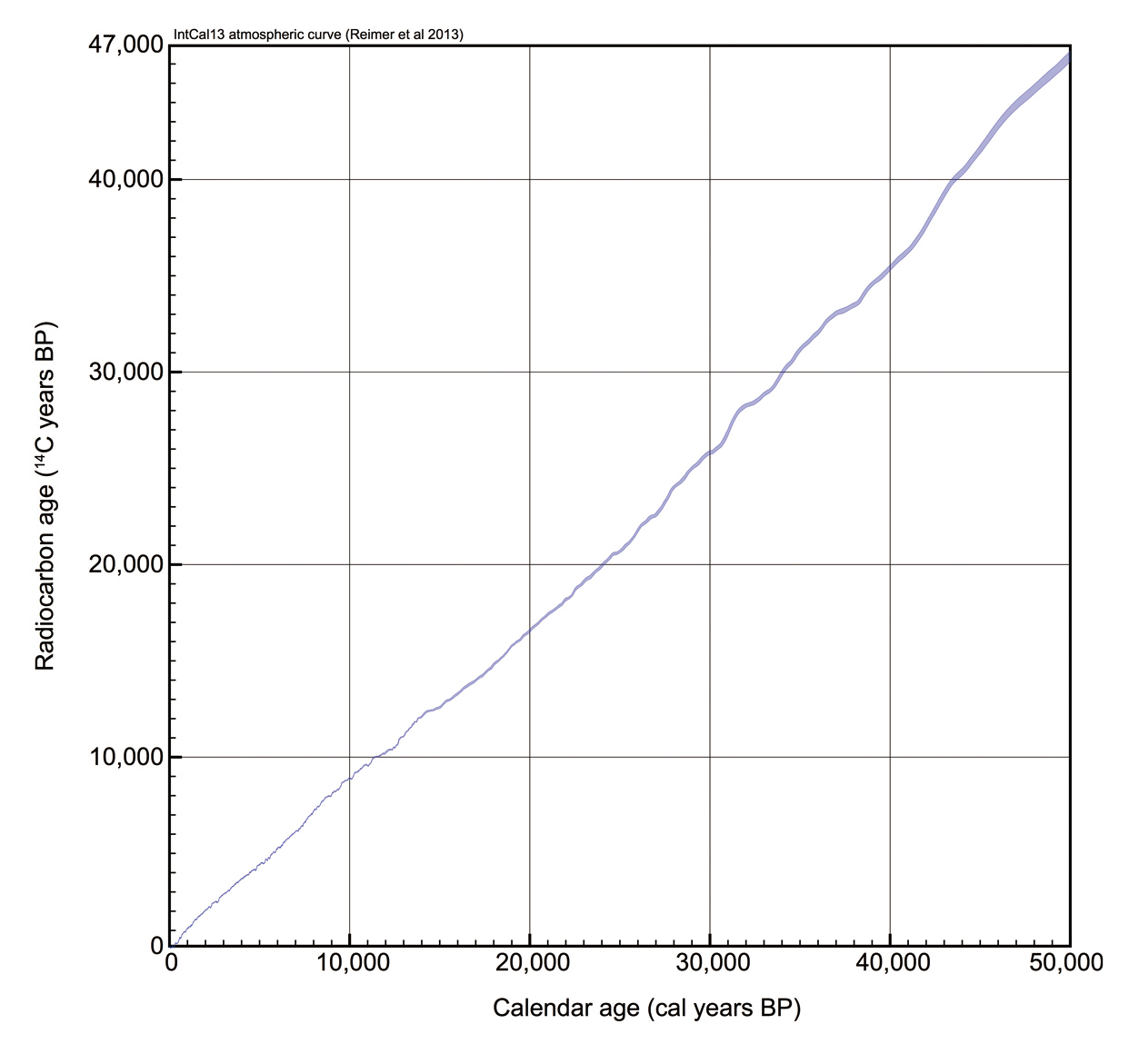H8
Miracle occurred in Lake Suigetsu
Lake Suigetsu, which is one of Five Lakes of Mikata in Fukui Prefecure, has drawn attention worldwide as the key site for improvement of radiocarbon dating. In the bottom of the lake, quite beautiful varved sediment are preserved, and its sediment was accepted as the world standard for time scale. In 1991, Prof. Yoshinori Yasuda (Museum of Natural and Environmental History, Shizuoka) discovered the fine laminate structure “NENKO” in the Suigetsu sediment core. The fine varve sediment was created by the unique environment. For instance, the water depth is approximately 35 meters and there is no inflowing river to Lake Suigetsu. Such water environment puts the anoxic condition in the bottom layer, and hold off benthic and microbial activity. As a result, inorganic minerals, epipelagic planktons and plants, and terrestrial pollen, which were provided by seasonality variations, were accumulated gently. Moreover, Lake Suigetsu is gradually subsiding by faults, and the sediment can be continuously growth. Recently, 70,000 layers have been identified from 45 m lake cores. Therefore, Lake Suigetsu is called as “Miraculous Lake”.
The Suigetsu sediment cores were performed by multiple analysis for the construction of the terrestrial radiocarbon chronology for the Northern Hemisphere, the extraction of the paleoenvironment information, and the consideration of the detail climate changes by International research group which is organized by Prof. Takeshi Nakagawa (Ritsumekan University). On the basis of their achievements, the 14C dataset constructed from the Suigetsu sediment cores was compiled into the latest version of the calibration curve IntCal13, and playing key roles in Radiocarbon dating and paleoenvironment studies.
The research project of Suigetsu has only just begun. Many other issues must be resolved in the Lake sediment cores. Our challenging is in progress. (Minoru Yoneda & Takayuki Omori)
References
中川 毅(2015)『時を刻む湖 7万枚の地層に挑んだ科学者たち』岩波書店。
Reimer, P. et al. (2013) IntCal13 and Marine13 radiocarbon age calibration curves 0–50,000 years cal BP. Radiocarbon 55(4): 1869-1887.



